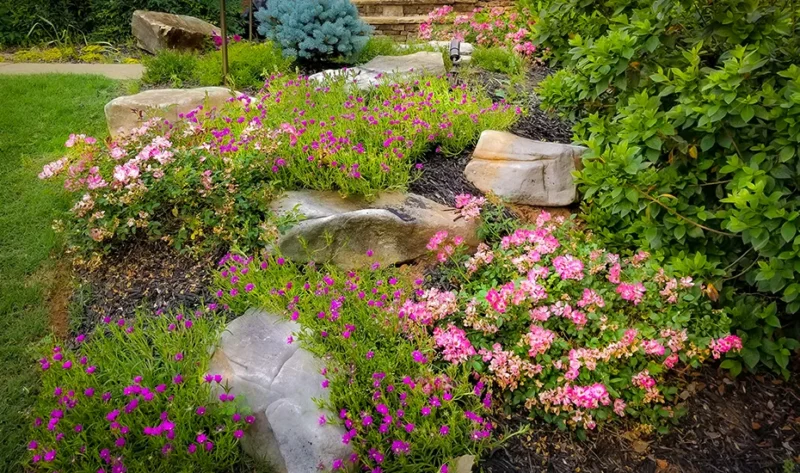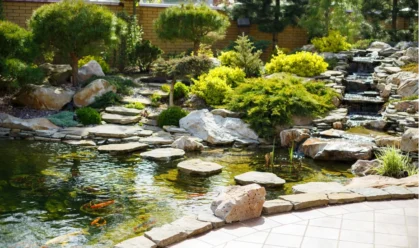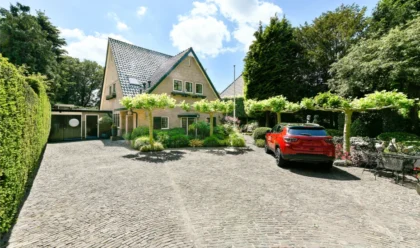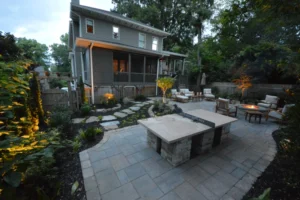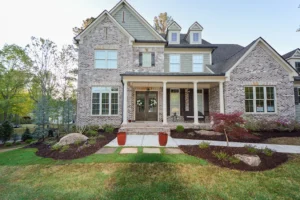Wondering how to embrace sustainability in your garden without overspending? Luckily, sustainable gardening doesn’t have to be expensive, and there are plenty of budget-friendly ways to create an eco-friendly garden or you can hire a professional for garden design. While some green lifestyle changes come with a high price tag, gardening offers a perfect balance between affordability and sustainability.
Many people assume they need to spend big to make a positive impact, but with some thoughtful planning and creativity, you can transform your outdoor space on a budget. No matter your experience or resources, these low-cost, high-impact ideas will help you create a greener garden without breaking the bank. Keep reading to learn how!

Start with Good Soil
One of the most important foundations of a sustainable garden is healthy soil. Good soil not only provides essential nutrients to your plants but also improves water retention, reduces the need for chemical fertilizers, and promotes a thriving ecosystem underground. Best of all, creating healthy soil can be done on a budget.
Start by enriching your soil with organic matter. Composting kitchen scraps, grass clippings, and fallen leaves is an excellent way to create nutrient-rich compost without spending a dime. Even small compost bins can make a big difference over time, turning waste into “black gold” for your garden. If you don’t compost at home, many communities offer free or low-cost compost from local facilities.
Another budget-friendly tip is to practice no-till gardening, which means avoiding turning or tilling the soil. Tilling can disrupt the beneficial microorganisms and earthworms that help keep your soil fertile. Instead, layer organic materials like straw, grass, or leaves on top of your garden beds as mulch. This mulch will naturally break down and feed the soil while also conserving moisture and suppressing weeds.
By investing time in building up your soil’s health, you’ll not only reduce long-term costs on fertilizers and pest control, but you’ll also create a more sustainable, self-sufficient garden.

Water Conservation Techniques
1. Collect Rainwater: Set up a rain barrel to collect water from your gutters. It’s free and great for watering plants, especially during dry periods.
2. Water Early or Late: Water your plants in the early morning or late evening when the sun is less intense. This reduces water evaporation and ensures the plants absorb more moisture.
3. Mulch: Add a layer of mulch (like straw, wood chips, or leaves) around your plants. It helps the soil retain moisture, meaning you’ll need to water less often.
4. Choose Drought-Tolerant Plants: Opt for plants that need less water, especially native species. These plants are naturally suited to your climate and can thrive with less irrigation.
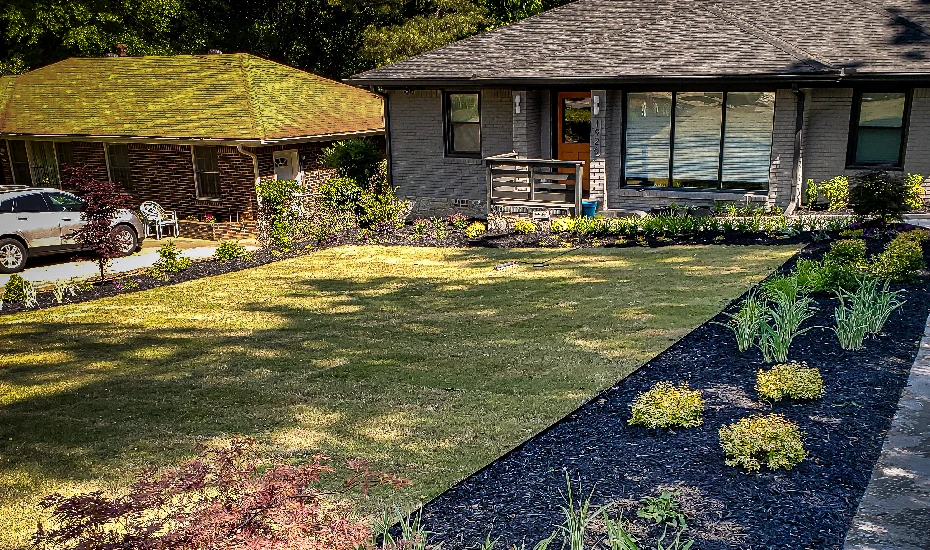
5. Use Drip Irrigation: Instead of using sprinklers that waste water, install a drip irrigation system. It delivers water directly to the roots, reducing water waste.
6. Fix Leaks: Regularly check hoses, sprinklers, and faucets for leaks. Even a small drip can waste a lot of water over time.
7. Group Plants by Water Needs: Plant your garden so that plants with similar water requirements are together. This way, you can water them more efficiently without overwatering some areas.
8. Water at the Base: Focus on watering the soil around the plant base rather than spraying water over the leaves. This method directs water where it’s needed most.
Plant Selection and Propagation
When selecting plants for a sustainable garden, opt for native species, as they are naturally adapted to your region’s climate, requiring less water and maintenance. Native plants also support local wildlife and pollinators, enhancing biodiversity. Perennials are another great choice, as they return year after year, reducing the need for frequent replanting and saving you money in the long run.
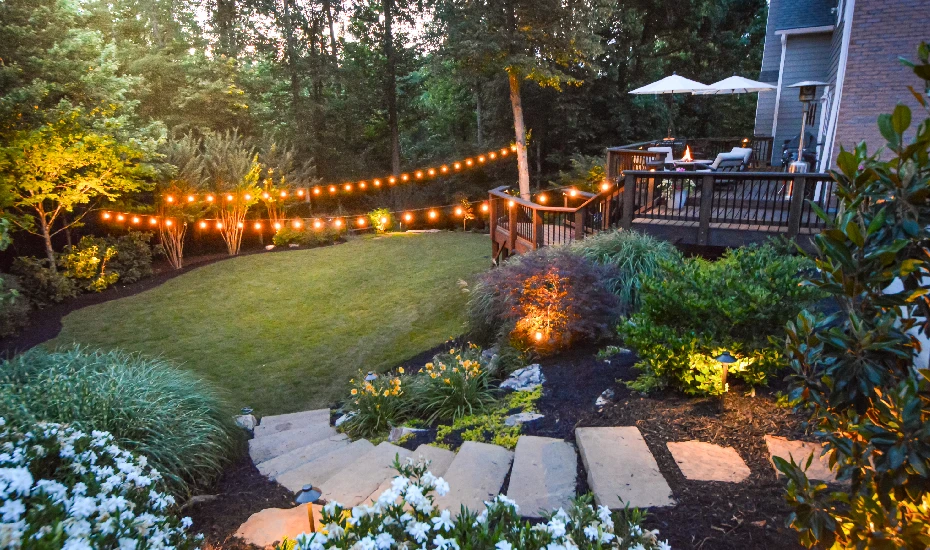
Focus on growing fruits and vegetables you and your family actually eat, which cuts down on waste and maximizes your gardening efforts. To save even more, start your plants from seeds instead of buying mature ones. Seed packets are affordable and offer a wide variety of options.
You can also save seeds from your plants for future seasons, reducing the need to purchase new ones each year. Propagating plants from cuttings is another budget-friendly method, especially for herbs, succulents, and shrubs.
Additionally, consider swapping seeds or cuttings with neighbors or local gardening groups to diversify your garden at no cost. Lastly, be mindful of avoiding invasive species, which can spread uncontrollably and disrupt your garden’s balance. By making thoughtful plant selections and using propagation techniques, you can create a vibrant, eco-friendly garden without overspending.

Upcycled Garden Structures and Tools
1. Old Pallets: Repurpose wooden pallets to create raised garden beds or vertical planters. They’re easy to find for free and can add character to your garden.
2. Cinder Blocks: Use cinder blocks to build sturdy garden beds. They are durable, inexpensive, and can create unique designs. You can also plant herbs in the holes.
3. Wine Crates: Wooden wine crates make excellent planters. They can be stacked or lined up to create a charming display for flowers or vegetables.
4. Tin Cans: Cleaned and painted tin cans can serve as cute plant pots. They add a rustic touch and are perfect for herbs or small flowers.
5. Old Furniture: Turn old furniture into garden decorations. Dressers or tables can be transformed into unique plant stands or potting benches.

6. Plastic Bottles: Cut plastic bottles in half to create self-watering planters. They are great for starting seedlings and can help conserve water.
7. Broken Tools: Use broken garden tools to create art pieces in your garden. Old rakes or shovels can become eye-catching decorations.
8. Garden Fencing: Repurpose old fencing boards to build trellises for climbing plants. They are sturdy and add a rustic feel to your garden.
Conclusion
Creating a sustainable garden on a budget is not only possible but also fun! By making smart choices about soil, water conservation, plant selection, and upcycling materials, you can design a beautiful outdoor space that’s good for the planet and your wallet.
Embrace your creativity and explore the many ways to transform your garden while saving money. With these low-cost, high-impact ideas, you’ll enjoy a thriving garden that brings joy and satisfaction without the hefty price tag. Happy gardening!














